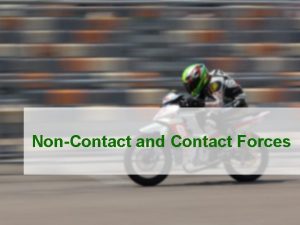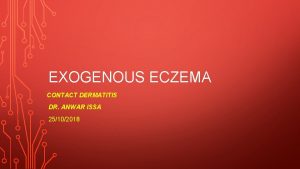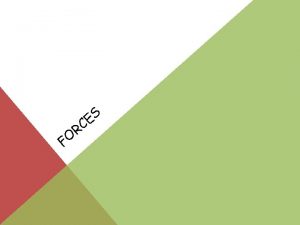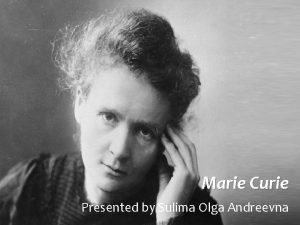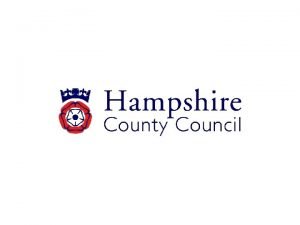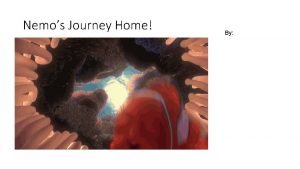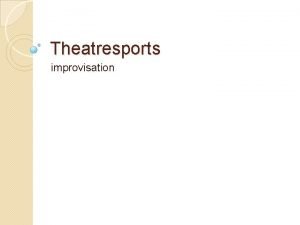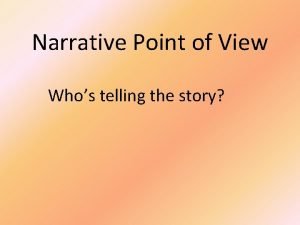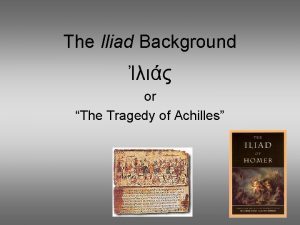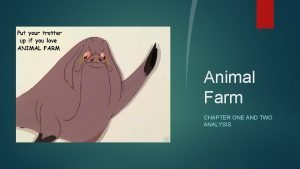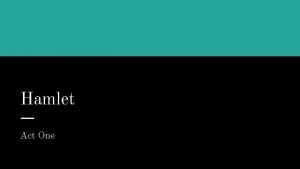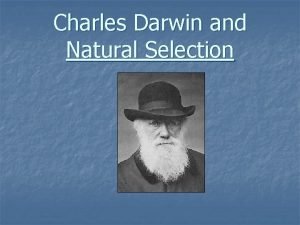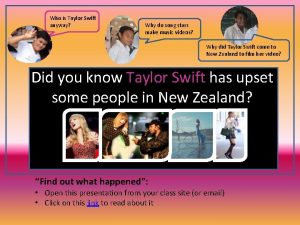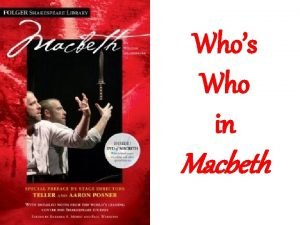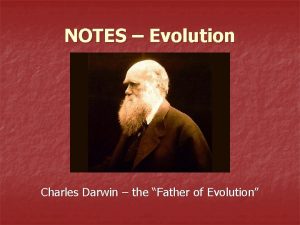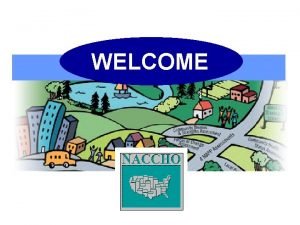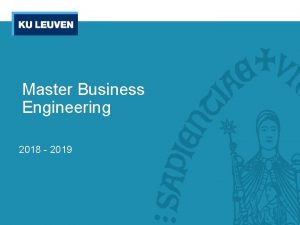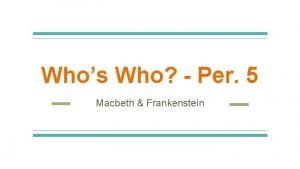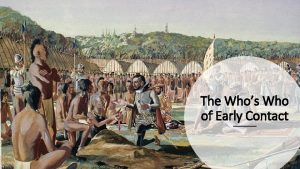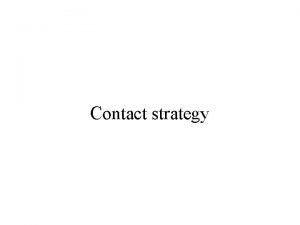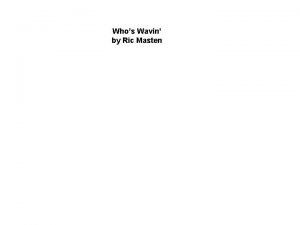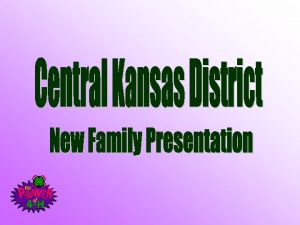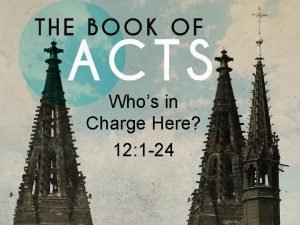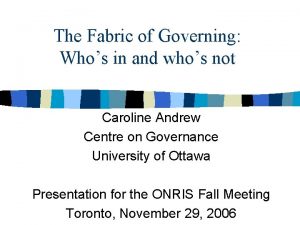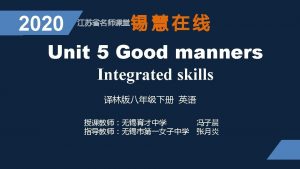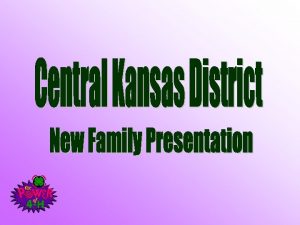A Whos Who of Early Contact Part II





































- Slides: 37

A “Who’s Who” of Early Contact: Part II And… what’s become of the “Father of new France? ? ”

But first…a review • Who are some of the characters in our story that we talked about last day? What was their significance to the history of Canada?

And these?

Some dates to remember… • Columbus arrived in the Bahamas in… • 1492 • How many years after that did John Cabot arrive in Newfoundland… • 5 years (in 1497) • Jacques Cartier sailed down the St Lawrence for the first time in… • 1534

England in the New World • The king of England got bored: all he got out of Cabot’s journeys was fish • When you are looking for gold or the ability to dominate a new trade route, fish can seem a bit underwhelming • So he basically loses interest in sponsoring any more northern voyages of discovery and the next major player we hear about in North America is Jacques Cartier (who is he sponsored by? )

France in the New World • Jacques Cartier spends a couple of winters in the New World (near Stadacona) but after a couple of kidnapping fiascos, some not so great experiences with Canadian winters and the minor detail of the fools’ gold, the idea of Canada in France also becomes synonymous with foolishness. This all = one more bored king

What do all of the following things have in common?


Lake Champlain

Champlain Bridge


Champlain lookout/Gatineau partk






So…who was he?

Interjection: “Who’s Who: the humble beaver”

Backing up a bit… • For thousands of years, people have used furs to keep warm in the northern hemisphere • The first large-scale fur traders were the Vikings, who shipped huge amounts of pelts from Northern Europe to the rest of the continent • Soon the number of fur-bearing animals was massively reduced in Europe • No longer were they everyday items of clothing, but rather luxuries of the rich and powerful • In fact, laws were passed in places that prevented people below a certain rank for wearing fur! • So – by the middle of the 1500 s, the supply of good fur was very low – what to do?

It turns out… • North America turned out to have an enormous supply of furs, provided by people who were quite happy to trade these furs • The First Nations, while having a supply of iron ore in North America, had not discovered the process of “smelting”, which separates iron from its ore in order to forge it into a particular shape • They were therefore very happy to trade their furs for the more hardy metal utensils, tools and weapons of the Europeans • For once, Canada’s cold climate was to be considered a blessing, rather than a curse

“Mad Hatters” • Have you heard of the term “mad hatter? ’ • Prior to the arrival of the Canadian beaver fur in Europe, in order to get fur that you could wear the hatters had to use mercury – which as we know is poisonous • However, in Canada the beaver fur that became the most desirable was fur that had been worn for at least a year, thus making it soft and ready to use, and therefore avoiding the need for the chemical process • This led to the popularity of Canadian beaver fur.

Back to this guy

Regaining interest in Canada • Remember that at this point both the English and the French have more or less lost interest in Canada – too cold! No gold! Too dangerous! And worse still – no obvious route to China. • However, people were still coming to fish off the shores of Newfoundland, and these fishers were realizing that their fur-trading was becoming a more and more profitable sideline • In fact, this sideline eventually starting to take over, and these fur shipments started rekindling France’s interest in colonizing North America • There were a few attempts that didn’t really have much success until this man arrived on the scene

“Who’s who”: the “father of New France” • Samuel de Champlain was a French solider and navigator who was very interested in the Americas • He had already sailed to the West Indies with the Spanish and was an assistant to a French noble who wanted to set up trading posts in Canada • So, in 1604, Champlain, his noble employer Sieur de Monts, and about 60 settlers established a small post, first at St Croix, and then at a place they named “Port Royal” in what is now Nova Scotia • This little fur-trading post of Port Royal lasted only eight years, but it was the first important French attempt to establish a colony in North America since Jacque Cartier’s failed attempts • In the end, Champlain was responsible for the first 3 Canadian settlements

Creating a hero? • "Champlain had a beautiful face, a noble and military bearing and a vigorous constitution, " said historian François-Xavier Garneau • “There is no one better than Champlain to bear the most majestic thoughts on a most serene face, " wrote Father Henri. Raymond Casgrain in 1864. • Prof. Heidenreich: "That damned picture makes him look like Colonel Sanders of Kentucky Fried Chicken fame. ” • The problem is that we don’t have an actual portrait of Champlain; all of the ones we have are false • Question: How do we create a national narrative? • in the 1850 someone felt that Canadians needed a representation of their founding father, and so they lifted a 1654 engraving of someone named Michael Particelli d'Emery, superintendent of finance under Louis XIII and Louis XIV. • They reproduced the face of this random bureaucrat, substituted a background sketch of a Quebec settlement for a formal French garden, and voilà - a hero for the ages.

Back to Port Royal (Acadia) • Surprise, surprise, in their first attempt at settling at St Croix nearly half of the settlers died of scurvy. • The next winter at Port Royal wasn’t a ranging success either • Scurvy? Check. Cold? Check. Boredom in the winter? Check. • These struggles became symbolic of the French struggle to settle Canada • Eventually rival French business forced Henry IV to withdraw their trading monopoly at Acadia, and the settlers either returned to France or became farmers (more on these Acadian farmers later…)

Champlain tries again • Champlain had been inspired by Cartier’s stories of the Iroquois settlements down the St Lawrence, so he decided to follow in his footsteps and led an expedition down the St Lawrence • However, he could find no evidence of the village Cartier had visited (what was its name? )

“Who’s Who: the Algonquians” • For reasons that we still don’t know, the Iroquois no longer lived in the area around Stadacona • They had instead been replaced by Algonquian trappers and hunters • The Algonquins speak the Algonquin language, a dialect of the Ojibwe language, which is part of the Algonquian language family. • Culturally and linguistically, they are closely related to the Odawa and Ojibwe, with whom they form the larger Anicinàpe (Anishinaabe) grouping.

Algonquin history • In the earliest oral history, the Algonquins say they migrated from the Atlantic coast. • Together with other Anicinàpek, they arrived at the "First Stopping Place" near Montreal. • While the other Anicinàpe peoples continued their journey up the St. Lawrence River, the Algonquins settled along the Kitcisìpi (Ottawa River), a long-important highway for commerce, cultural exchange and transportation. • However, Algonquin identity, though, was not fully realized until after the dividing of the Anicinàpek at the "Third Stopping Place". Scholars have used the oral histories, archeology, and linguistics to estimate this took place about 2, 000 years ago, near present-day Detroit.

The French and the Algonquians • This change of nations in the St Lawrence valley worked to Champlain’s advantage • The Iroquois farmers had felt threatened by Cartier’s attempts to settle their territory, but the Algonquian were nomadic, and therefore felt that a French trading post might be to their advantage • This trading post was built at “Kebec”, the “place where the river narrows. ” • This was the beginning of a long relationship between the French and the Algonquians • In the future, every fur trader who hoped to be successful in exploring the interior of Canada, prepared for the journey by familiarizing himself with the Algonquin language, since it was recognized as the root language for many other Aboriginal languages.

Who’s Who: the Innu/”Montagnais” • When Champlain allied with the Algonquins he also allied with the Innu people, called the Montagnais by the French (“mountain people”) • In return, both the Algonquins and the Innu had to agree not to trade furs with the English

“Who’s Who”: the Huron • Champlain also developed a relationship with the very large Huron nation • This made the Algonquian and Innu people uncomfortable, as the Huron were a very large nation that dominated trade • Eventually the Huron became the leading source of furs for the French

Champlain chooses sides • Champlain found himself in the middle of an ongoing war between the Algonquians and the Innu (Montagnais) on one side and the Iroquois on the other • In a very famous painting, Champlain describes a battle scene in which the Iroquois were introduced to the French firearms

In his own words… • “I approached the enemy’s barricade…it was made of strong trees, placed one upon the other, in a circle, which is the ordinary form of their forts. All the Montagnais and Algonquians also approached the barricade. Then we began firing…The Iroquois were astonished at the [sounds] of our arquebuses, but most because the bullets pierced better than their arrows, thinking these shots to be irresistible, they would throw themselves upon the ground when they heard the report. Besides, we hardly missed a shot, and fired two or three bullets each time. ”

Fur trade and war • This was a turning point in Canadian history • From then on, the battles with the Algonquian-Huron alliance and the Iroquois would become full-scale wars • Both sides would have need for European weapons • By helping the Algonquians, the French had antagonized the Iroquois, one of the most powerful groups of people in all of North America

New France… • Champlain is managing to send a lot of furs back to France, but people are still not interested in actually building long-term settlements - largely from fear of competition in the fur trade • However, Champlain’s colony did not die • It was even taken over by the English for a while, but Champlain helped to rebuild it • Of course this is the result today…
 Schottky contact vs ohmic contact
Schottky contact vs ohmic contact Which force is a noncontact force?
Which force is a noncontact force? Post encounter stage in service marketing
Post encounter stage in service marketing Contact and non contact force examples
Contact and non contact force examples Irritant contact dermatitis vs allergic contact dermatitis
Irritant contact dermatitis vs allergic contact dermatitis Contact forces
Contact forces Friction unit
Friction unit Air resistance contact or noncontact
Air resistance contact or noncontact Air resistance contact force
Air resistance contact force Which is a contact force? *
Which is a contact force? * Early cpr and early defibrillation can: *
Early cpr and early defibrillation can: * Whos marie curie
Whos marie curie Whos entitled to 30 hours free childcare
Whos entitled to 30 hours free childcare Whos who ideas
Whos who ideas Whos nemos dad
Whos nemos dad Whos child is this
Whos child is this Activity 1 whos who
Activity 1 whos who Whos line is it anyway
Whos line is it anyway Adjectives to describe lady capulet in romeo and juliet
Adjectives to describe lady capulet in romeo and juliet Omniscient narrator
Omniscient narrator Button button whos got the button
Button button whos got the button The story of achilles heel
The story of achilles heel Metaphors in animal farm chapter 1
Metaphors in animal farm chapter 1 Hamlet character constellation
Hamlet character constellation Whos darwin
Whos darwin Macbeth study guide answers
Macbeth study guide answers Whos this
Whos this Who is taylor swift anyway
Who is taylor swift anyway Whos macduff in macbeth
Whos macduff in macbeth Whos sitting bull
Whos sitting bull Whos the father of evolution
Whos the father of evolution Mapp public health
Mapp public health Ku leuven whos who
Ku leuven whos who Whos job is it
Whos job is it Whos job is it
Whos job is it Who is justine in frankenstein
Who is justine in frankenstein Whos boxer in animal farm
Whos boxer in animal farm What does lennox say about malcolm donalbain and fleance
What does lennox say about malcolm donalbain and fleance



